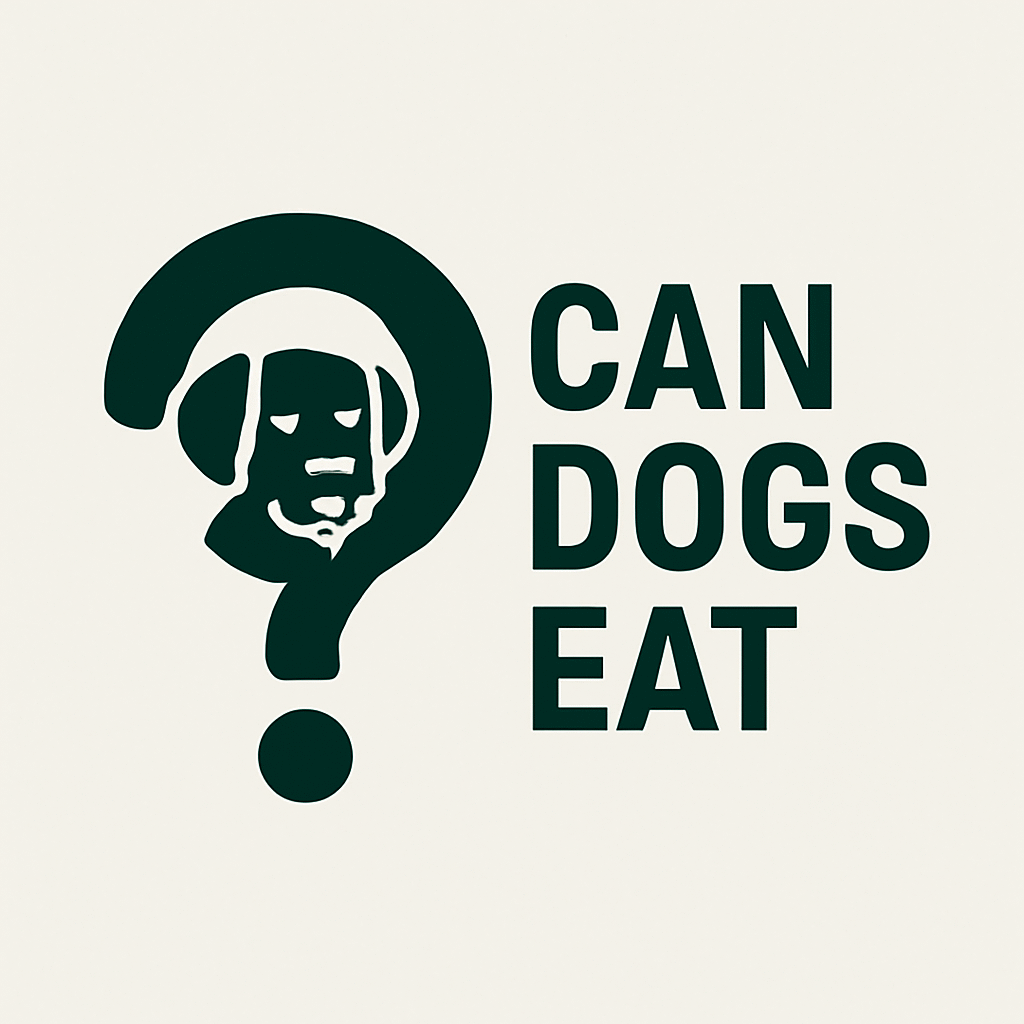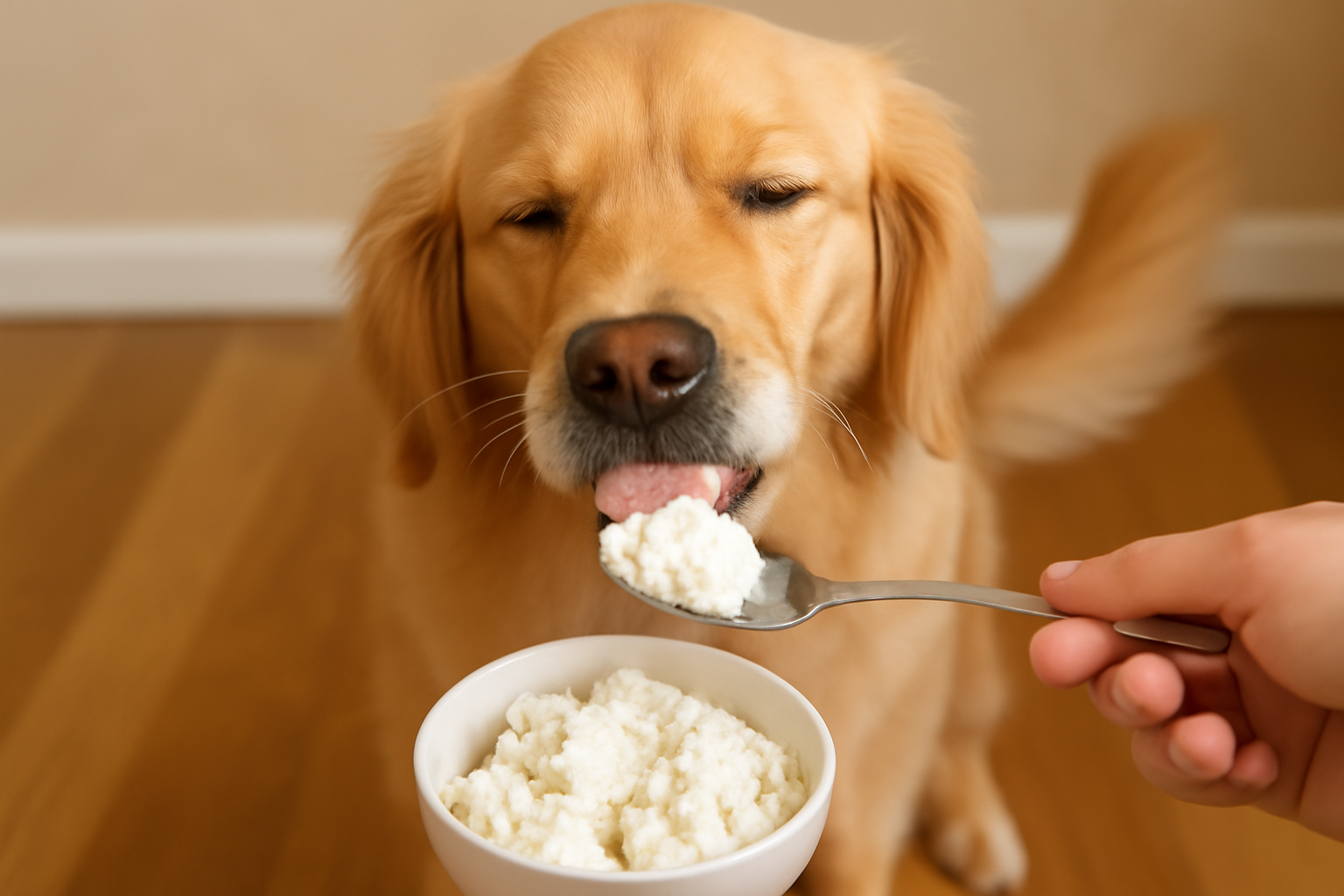Can Dogs Eat Neck Bones? 🍖🐕
As dog owners, we always want to provide our furry friends with the best care possible. We make sure they have nutritious food, plenty of exercise, and a loving home. But sometimes, we wonder if giving them certain foods, like neck bones, is a good idea. After all, bones are a natural part of a dog’s diet in the wild, so it makes sense to wonder if dogs can eat neck bones.
In this blog post, we will explore whether neck bones are safe for dogs, the potential risks and benefits, and what you should know before giving your dog a neck bone to chew on. 🦴
What Are Neck Bones? 🍖
Neck bones are the bones found in the necks of animals, such as chickens, cows, pigs, and even lambs. These bones are often cooked or raw and are used in various recipes for humans and animals alike. Neck bones are often used in broths and soups for their rich flavor.
For dogs, neck bones are sometimes given as a treat or part of their raw diet. Some pet owners believe that giving their dog bones is good for their teeth and provides a source of calcium and other nutrients. But is this really true? 🤔
Let’s take a closer look at whether dogs should be eating neck bones, starting with the risks and dangers associated with them.
Are Neck Bones Safe for Dogs to Eat? 🚫🐕
While neck bones may seem like a tasty treat, they come with certain risks that make them unsafe for dogs, especially when cooked. Let’s break down the dangers and concerns.
1. Cooked Bones Are Dangerous ⚠️
Cooked bones, including neck bones, should never be fed to dogs. When bones are cooked, they become brittle and can easily break into sharp pieces when chewed. These sharp bone shards can cause serious injuries to your dog’s digestive system, including:
- Choking: Small, sharp bone pieces can get stuck in your dog’s throat, causing choking.
- Intestinal Perforations: Sharp bone fragments can puncture the walls of the intestines, leading to dangerous internal bleeding or infections.
- Blockages: Large pieces of bone can cause blockages in your dog’s digestive tract, requiring surgery to remove.
Cooked bones are much more likely to splinter than raw bones, so it’s always best to avoid feeding your dog cooked neck bones or any other cooked bones. 🍳
2. Raw Bones: The Risks and Benefits 🦴
Raw neck bones, on the other hand, are sometimes considered safe for dogs in moderation. Raw bones are softer and more flexible than cooked bones, making them less likely to splinter. In fact, many raw-feeding enthusiasts include raw bones in their dog’s diet because they can provide some health benefits.
Benefits of Raw Neck Bones:
- Natural Source of Calcium: Raw bones, especially those with meat and cartilage attached, provide calcium and phosphorus, which are important for bone health and overall vitality. 🦴
- Teeth Cleaning: Chewing on bones helps to naturally clean your dog’s teeth, removing plaque and tartar. This can reduce the risk of dental disease and promote good oral hygiene. 🦷
- Mental Stimulation: Chewing bones provides mental stimulation and can help alleviate boredom and anxiety in dogs. 🧠
Risks of Raw Neck Bones:
- Choking Hazard: Even raw bones can pose a choking risk, especially for smaller dogs or dogs that tend to gulp their food. Always supervise your dog when they are chewing on bones.
- Dental Damage: While bones can help clean teeth, they can also cause dental damage if your dog is too aggressive in chewing. Hard bones can crack or break your dog’s teeth, which could lead to painful dental issues.
- Bacterial Contamination: Raw bones can carry harmful bacteria like Salmonella or E. coli, which can lead to infections. If you choose to feed your dog raw bones, make sure they are properly handled and stored to reduce the risk of bacterial contamination.
Nutritional Value of Neck Bones for Dogs 🥣
If you’re considering feeding raw neck bones to your dog, you may wonder about their nutritional value. Here’s a breakdown of the nutrients found in a typical serving of raw neck bones:
| Nutrient | Amount per 100g |
|---|---|
| Calories | 200 kcal |
| Protein | 15g |
| Fat | 10g |
| Carbohydrates | 0g |
| Calcium | 100mg |
| Phosphorus | 60mg |
| Iron | 2mg |
| Water | 70% |
As you can see, neck bones provide a good amount of protein and fat, along with a small amount of calcium and phosphorus, which are important for your dog’s bones and overall health. However, the risk of choking, dental injury, and bacterial contamination should be considered before feeding them to your dog.
How to Safely Feed Neck Bones to Your Dog 🐾
If you decide to give your dog raw neck bones, it’s essential to take some precautions to ensure their safety. Here are some guidelines to follow:
1. Choose the Right Size 🦴
Make sure the neck bone is the right size for your dog. Larger dogs can safely chew on bigger bones, while smaller dogs may struggle with larger pieces. Always choose bones that are appropriate for your dog’s size to prevent choking.
2. Supervise Your Dog 👀
Always supervise your dog when they are chewing on neck bones. Never leave them alone with the bone to prevent choking or other accidents.
3. Use Fresh, Raw Bones 🧊
Make sure the bones are fresh and raw. Freezing the bones for a few days before feeding them to your dog can help kill any harmful bacteria. If you buy bones from a store, ensure they are safe for dogs and have not been exposed to harmful chemicals.
4. Limit the Frequency 🚫
While neck bones can provide some nutritional benefits, they should not be a regular part of your dog’s diet. Feed them in moderation and use them as an occasional treat rather than a daily snack.
Safe Alternatives to Neck Bones for Dogs 🐶
If you’re concerned about the risks of feeding neck bones to your dog, there are plenty of safe alternatives. Here are some great options:
- Chew Toys 🧸: Durable chew toys are a great way to keep your dog entertained and help clean their teeth without the risks of bones. Look for toys designed to withstand heavy chewing.
- Rawhide Bones 🦴: Rawhide bones can help satisfy your dog’s chewing instinct while also promoting dental health. Just be sure to supervise your dog while they chew to prevent choking.
- Carrots 🥕: A healthy and low-calorie option, carrots are crunchy and great for cleaning your dog’s teeth. Plus, they’re safe for dogs to chew on.
- Dental Chews 🦷: There are many dental chews available that are designed to help clean your dog’s teeth and gums while providing a tasty treat.
Frequently Asked Questions (FAQs) ❓
1. Can dogs eat cooked neck bones?
No, cooked neck bones are dangerous for dogs. When bones are cooked, they become brittle and can easily splinter, causing choking, internal injuries, or blockages. Always avoid feeding cooked bones to your dog.
2. Can raw neck bones be fed to all dogs?
Raw neck bones can be fed to most dogs in moderation, but they should be appropriate for your dog’s size and breed. Always supervise your dog and ensure the bone is safe for them to chew.
3. Are neck bones good for dogs’ teeth?
Yes, chewing on neck bones (raw) can help clean your dog’s teeth and gums, as it acts as a natural toothbrush. However, bones should be given in moderation, and you should monitor your dog to prevent tooth damage.
4. Can neck bones cause digestive problems in dogs?
While raw neck bones are generally safe, they can cause digestive problems if your dog eats too much. Overfeeding bones can lead to constipation, gas, or diarrhea. Always feed in moderation.
5. What should I do if my dog chokes on a bone?
If your dog chokes on a bone, stay calm and attempt to remove the object by gently pulling it out. If your dog is unable to breathe, perform the Heimlich maneuver and seek emergency veterinary care immediately.
Conclusion: Are Neck Bones Safe for Dogs? 🐾
In conclusion, neck bones can be a healthy treat for dogs when raw and fed in moderation. They provide a natural source of protein, calcium, and other essential nutrients that can benefit your dog’s teeth and bones. However, cooked bones should always be avoided due to the risk of splintering and causing harm to your dog’s digestive system.
Always supervise your dog when they are chewing on bones, and if you are uncertain about feeding them neck bones or any other type of bone, consult with your veterinarian. Safety should always be the priority when offering treats to your dog.
With proper precautions and moderation, neck bones can be a fun and nutritious treat for your dog. 🐶💖




